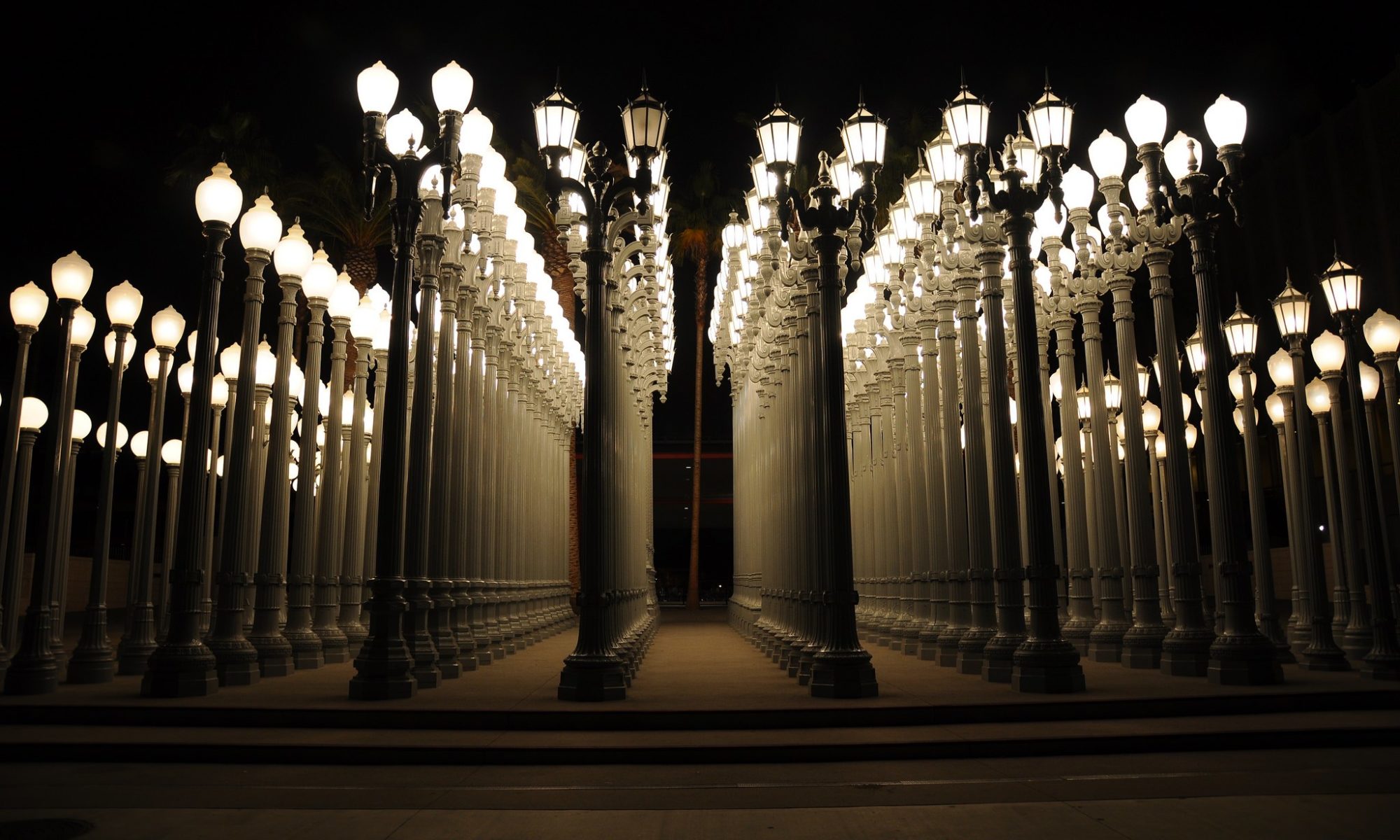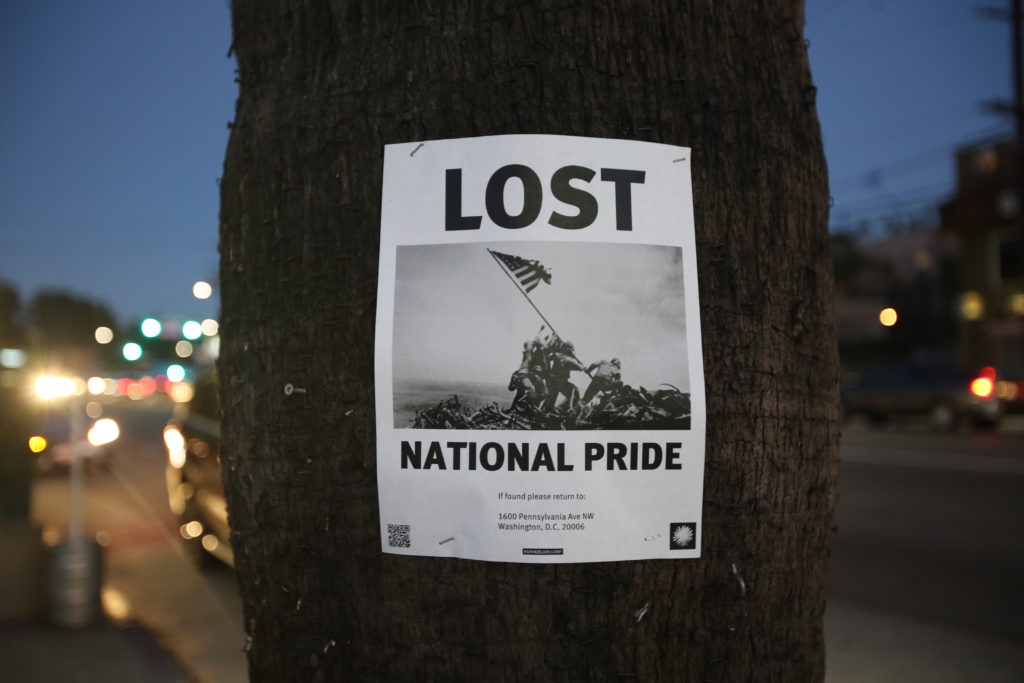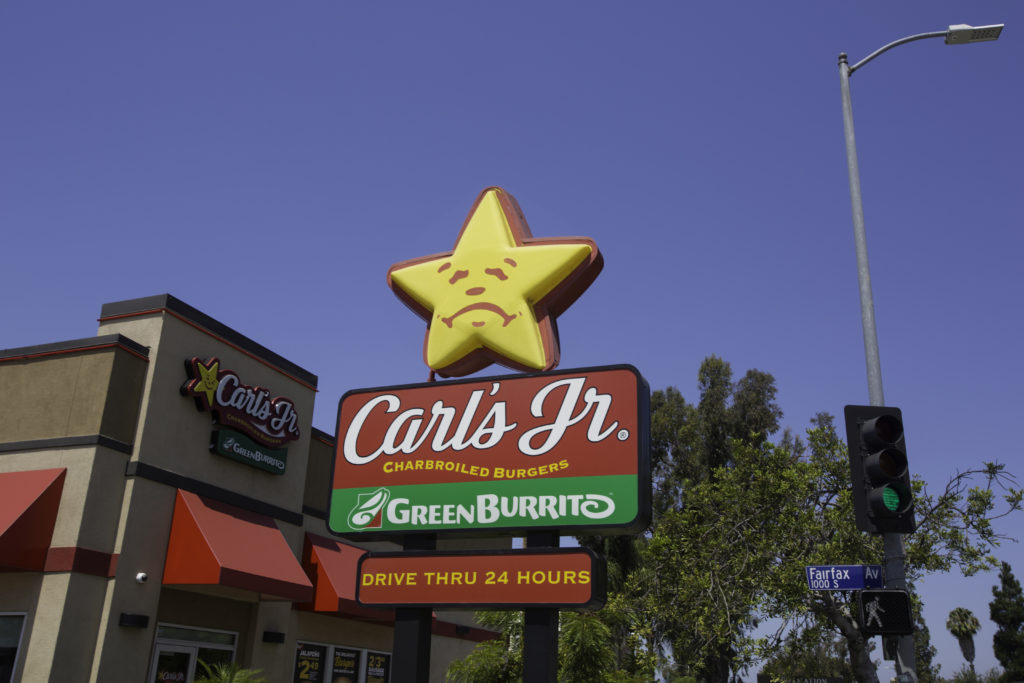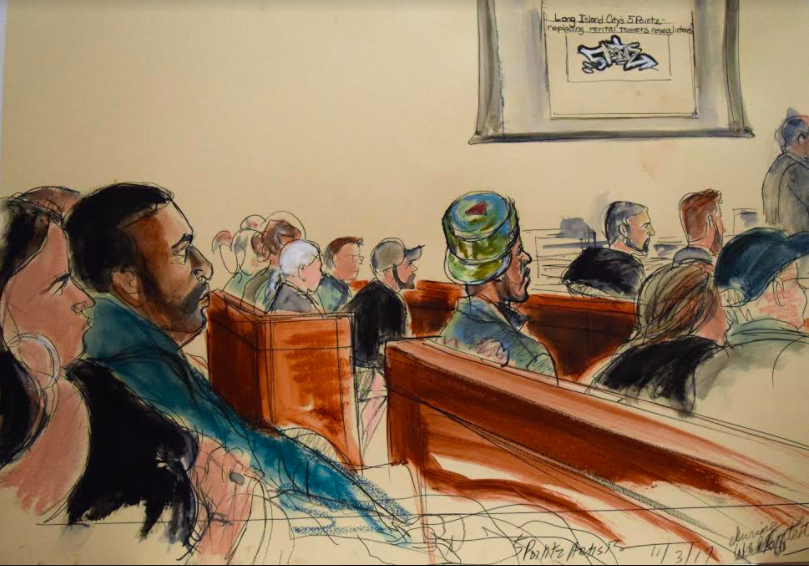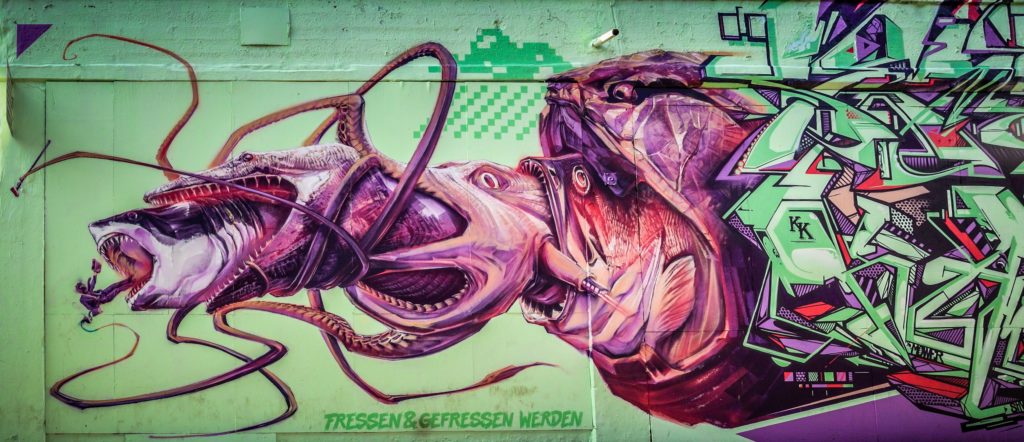Each year, LACFPA recognizes one standout artist with an annual grant of $50,000 to support outstanding work in the field of public art.
This year’s grant goes to DANDELION CORP, a Southern California public art collective who have exploded onto Los Angeles’ streets this year with a powerful mix of cultural upheaval and urban beautification.
Their “LOST” series–a collection of transformed “Lost Dog” flyers aimed at lamenting our current cultural and political state–was hard to miss: an estimated 5,000 flyers were posted during each scheduled exhibition across the city of Los Angeles.
Also of note was the communal aspect of these works: instead of covertly papering the city under a cover of darkness, flyers were released ahead of time on their website and social media, and followers printed and posted them individually to increase their collective reach.
Sense of community notwithstanding, there were also numerous individual works that stood out, including transformed parking meters, fast food signs, fake movie flyers, and fake movie advertisements.
The Los Angeles Commission of Public Art will continue to support active and thoughtful artists in our local community throughout the coming year as well. We look forward to everything that 2018 holds in store for DANDELION CORP and the rest of our community.
-LACFPA
